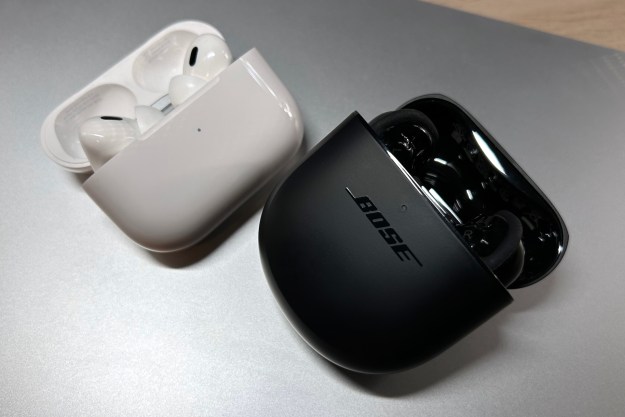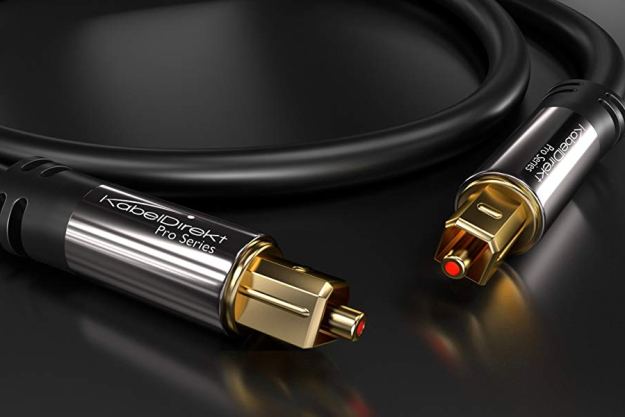With built-in smart features and A.I.-powered voice assistants, smart speakers provide the kind of hands-free assistance rarely found on traditional Bluetooth speakers. Smart speakers have gone from obscurity to near-ubiquity in just a few years, and if you haven’t already taken the plunge — or perhaps you’re thinking of upgrading — you may be wondering how Apple’s first foray into the smart speaker market, the HomePod, stacks up against its Sonos counterpart.
Here, we’ll take a deep look at how two very different products compare when it comes to price, sound quality, ease of use, and an array of other noteworthy features.
Further reading
Price
If you’re on a budget but still want great sound and the convenience of a voice assistant, this is an easy one. The
Winner:
Voice assistant support
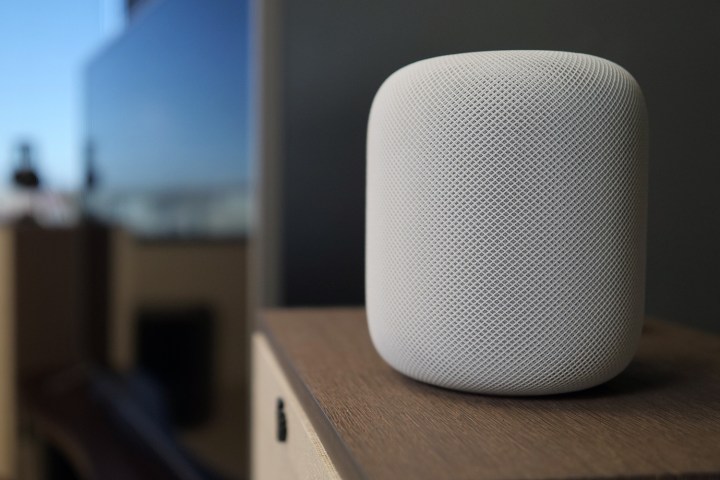
Depending on your preferred voice assistant technology, this one is also pretty easy to call. The
Apple, you will not be entirely surprised to learn, only supports its own Siri assistant on the HomePod. We’re sure there’s plenty of fodder for a debate over which virtual assistant is best, but we’re not going to pass judgment on that topic today. Instead, we’re going to give this one to
Winner:
Access to music
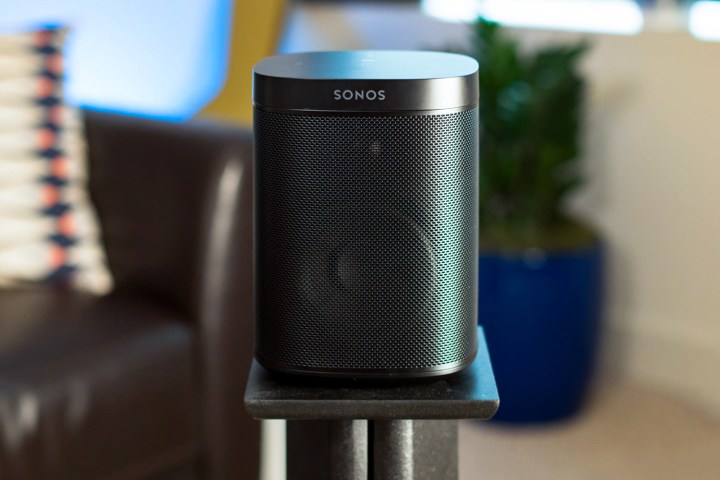
We’d argue that listening to music is the most common activity you’ll do with a smart speaker. Being able to fill a room with your favorite tunes just by calling out a few words is a magical experience that shouldn’t be missed. However, your smart speaker’s ability to grant your musical wishes is very much dictated by the music it can access, so this is one area that you should pay close attention to. It’s also not as simple as you may think.
When it comes to
If you set up a
- Amazon Music
- Spotify
- TuneIn Radio
- Deezer
- Audible
- Pandora
- iHeartRadio
- SiriusXM
- Apple Music
You can also add Tidal via a dedicated Alexa skill, but it has very limited functionality.
If you set it up with
- Google Play Music
- Spotify
- YouTube Music
- Pandora
- Deezer
- Tidal
- TuneIn
- iHeartRadio
Clearly, your choice of voice assistant will affect the music you can ask for, though it doesn’t limit what you can run on
Apple’s HomePod, on the other hand, doesn’t want you to fret about all of these choices, so it keeps things simple: You can access Apple Music and your library of songs, and that’s it. If you choose not to subscribe to Apple Music, you can still access your personal tunes. That’s likely to change in the future — Apple intends to update the HomePod to support third-party music services like Spotify later in 2020.
Given that
Winner:
Sound quality
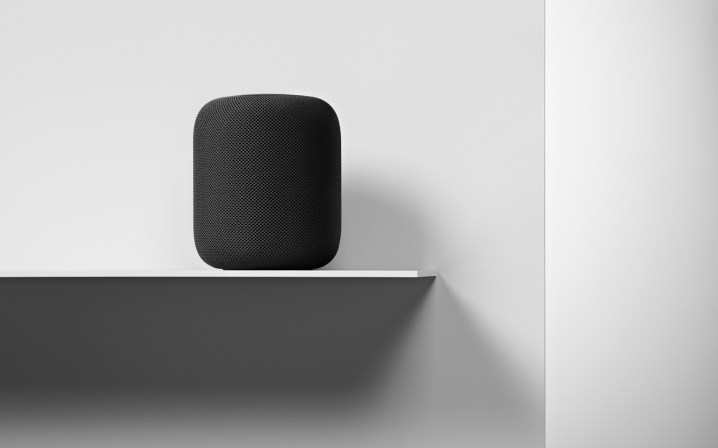
Unfretted access to music doesn’t do you much good if your smart speaker can’t fill your room with full, rich sound. The good news here is that both the
We should note that while a single HomePod does a better job of filling a room with sound than a single
Winner: Apple HomePod
Ease of use
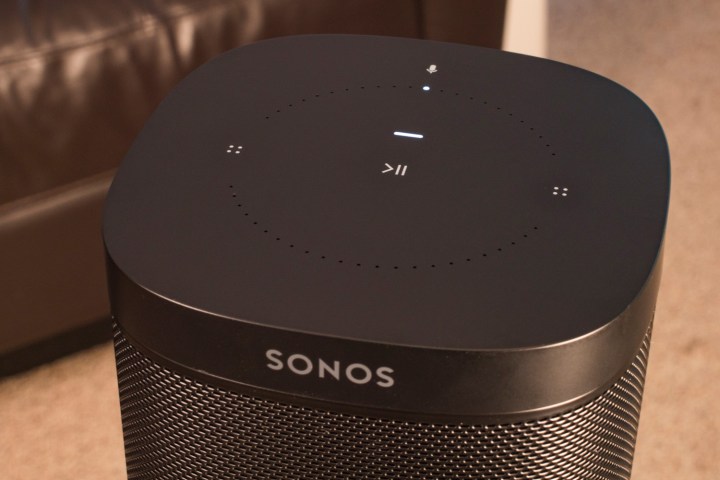
A smart speaker must be easy to use, otherwise, why buy one at all? But there are two kinds of usability to consider when dealing with a smart speaker: How easy it is to use it with just your voice, but also, how easy is it to use when you inevitably need to rely on a mobile app or other software to change settings or access deeper functionality? The
The
Because the
The HomePod has been envisioned from the start as a Siri-powered smart speaker that is meant to be deeply embedded in the overall Apple ecosystem, and it shows. As is always the case with Apple’s walled-garden approach to design, this yields both good and bad results. On the one hand, Apple has complete control over the HomePod’s development as a product. Apple owns the hardware, it owns the virtual assistant, and it owns the only streaming music service the HomePod is currently compatible with. This means that the HomePod — in theory — should deliver a superb user experience, and for the most part, it does. You can use the HomePod as a speakerphone for your iPhone, you can get Siri to answer questions about the music you’re playing, and its integration with Apple’s HomeKit makes controlling smart-home devices a breeze (more on this later).
On the other hand, all of your interactions with the HomePod are primarily voice-driven, to the point where certain activities, like getting music to play in another room, cannot be accomplished any other way. We like that
Winner:
Smart home control
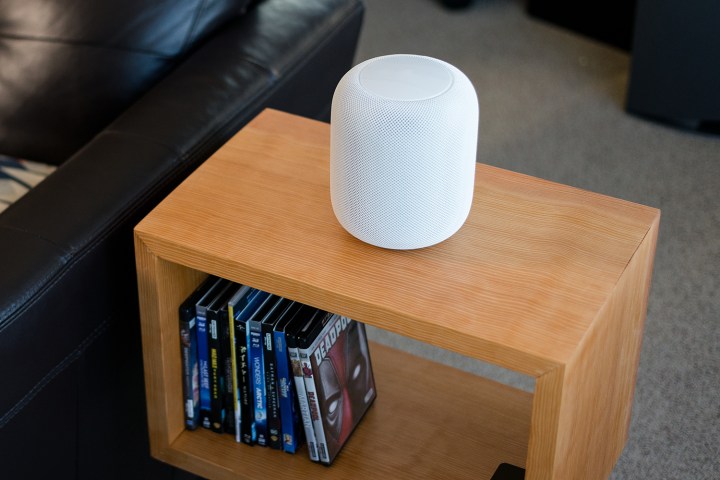
Beyond music, smart speakers are your voice-enabled gateway to an entire universe of smart home devices, from fridges to lightbulbs to thermostats. But as with so many things in our tech-driven worlds, what you can control is very much determined by a smart device’s compatibility with your chosen voice assistant. As we’ve already mentioned, the
What we can tell you is that Apple’s HomePod (and its sole A.I., Siri) only work with Apple HomeKit-compatible products. That’s not a deal-breaker by any means, as there are more and more of these devices entering the market all the time. However, you’ll rarely find a smart home product that is only HomeKit-compatible, whereas it’s much more common to find products that only work with Alexa and Google Assistant. HomeKit is a very well designed smart home platform, but once again, Apple has created it in such a way that it only works with MacOS and iOS devices. Because Siri won’t run on
The
Winner:
Conclusion
By now the result should be clear: Your best bet for a smart speaker with awesome audio is the
The more expensive HomePod kicks out fuller, richer sound thanks to its 360-degree design, but it requires nothing less than full loyalty to the Apple ecosystem to get the most out of it. It’s easily the best Siri device on the market, but if you aren’t impressed by Siri’s capabilities as a virtual assistant when compared with
It’s possible that as Apple evolves its support for the HomePod, (and when it finally gets third-party music service support), we may reconsider our choice. However, for now, the
Editors' Recommendations
- Best AirPods Pro deals: Get Apple’s flagship earbuds for $122
- The best Blu-ray players for 2024
- The best 4K Blu-ray players for 2024
- What is AirPlay 2? Apple’s wireless sharing system explained
- 1080p vs 1080i: What’s the difference?


